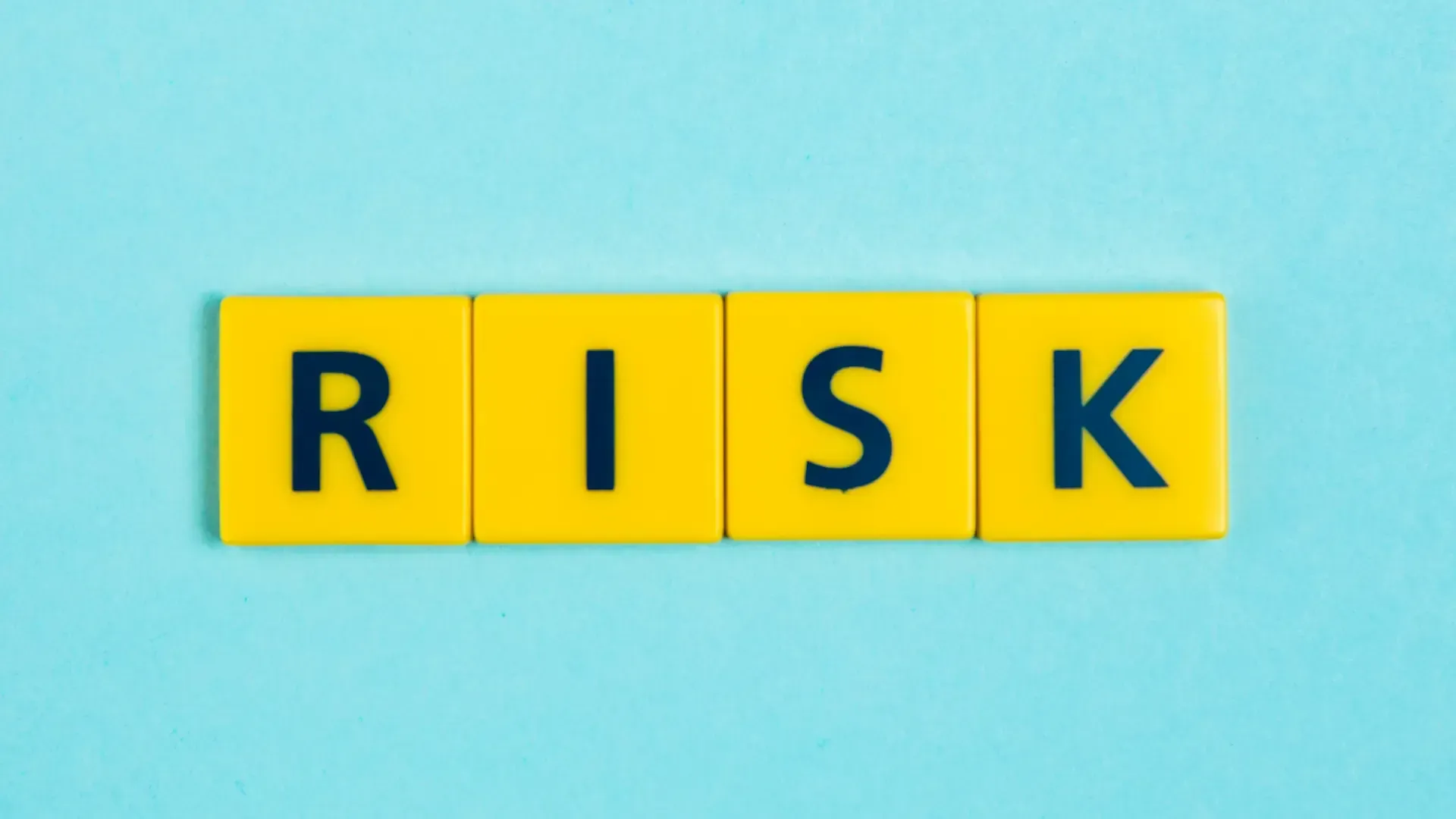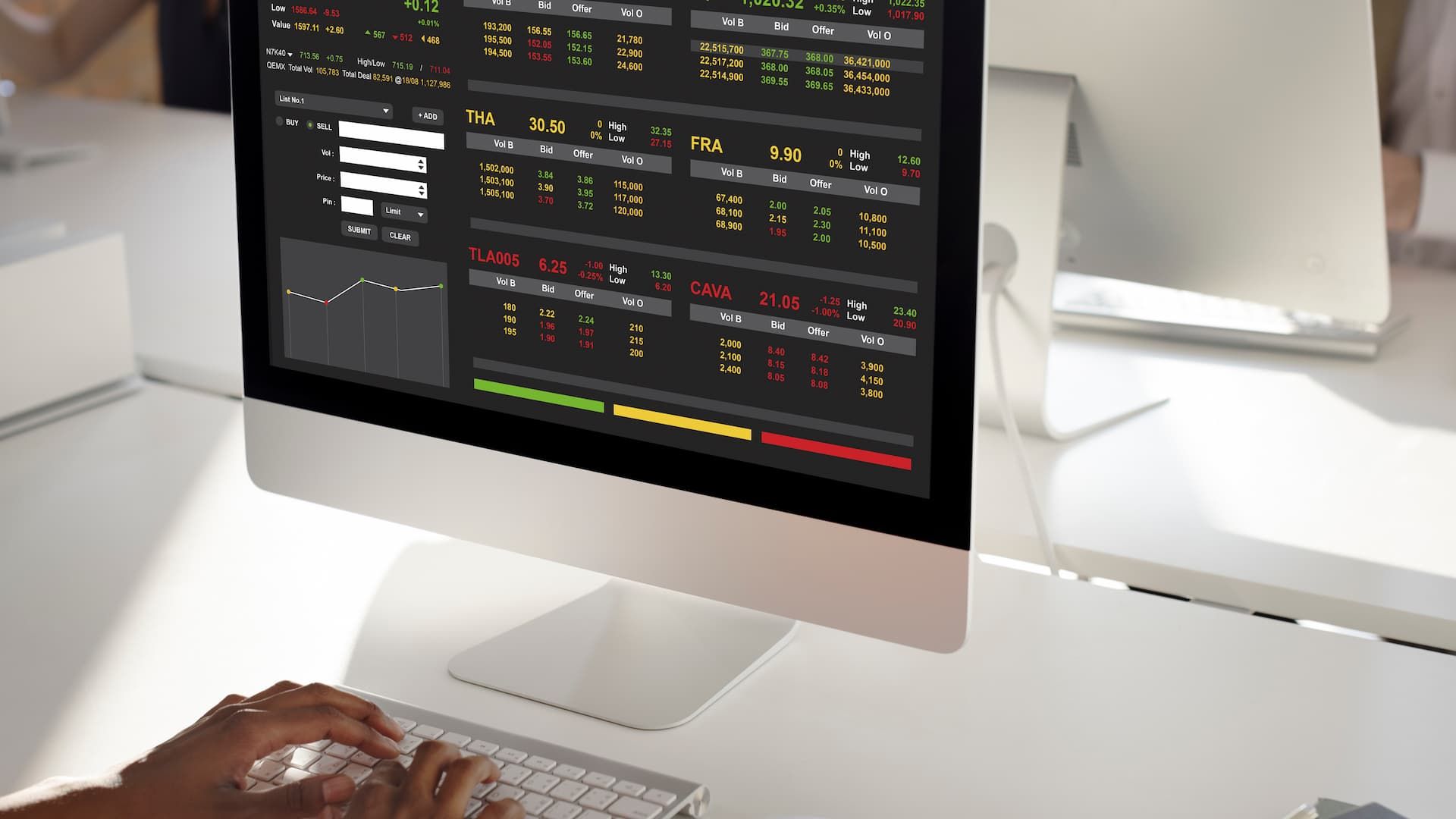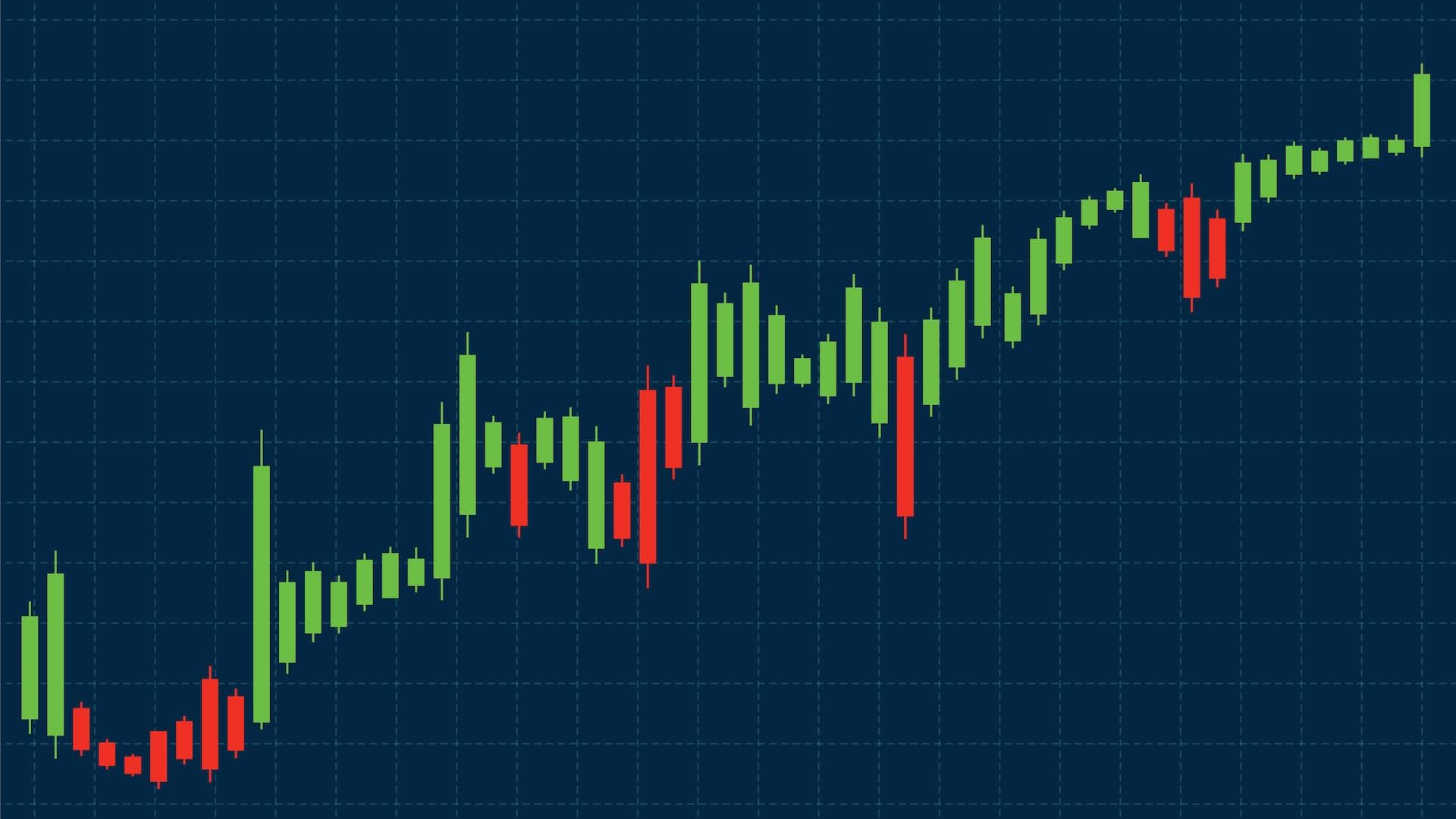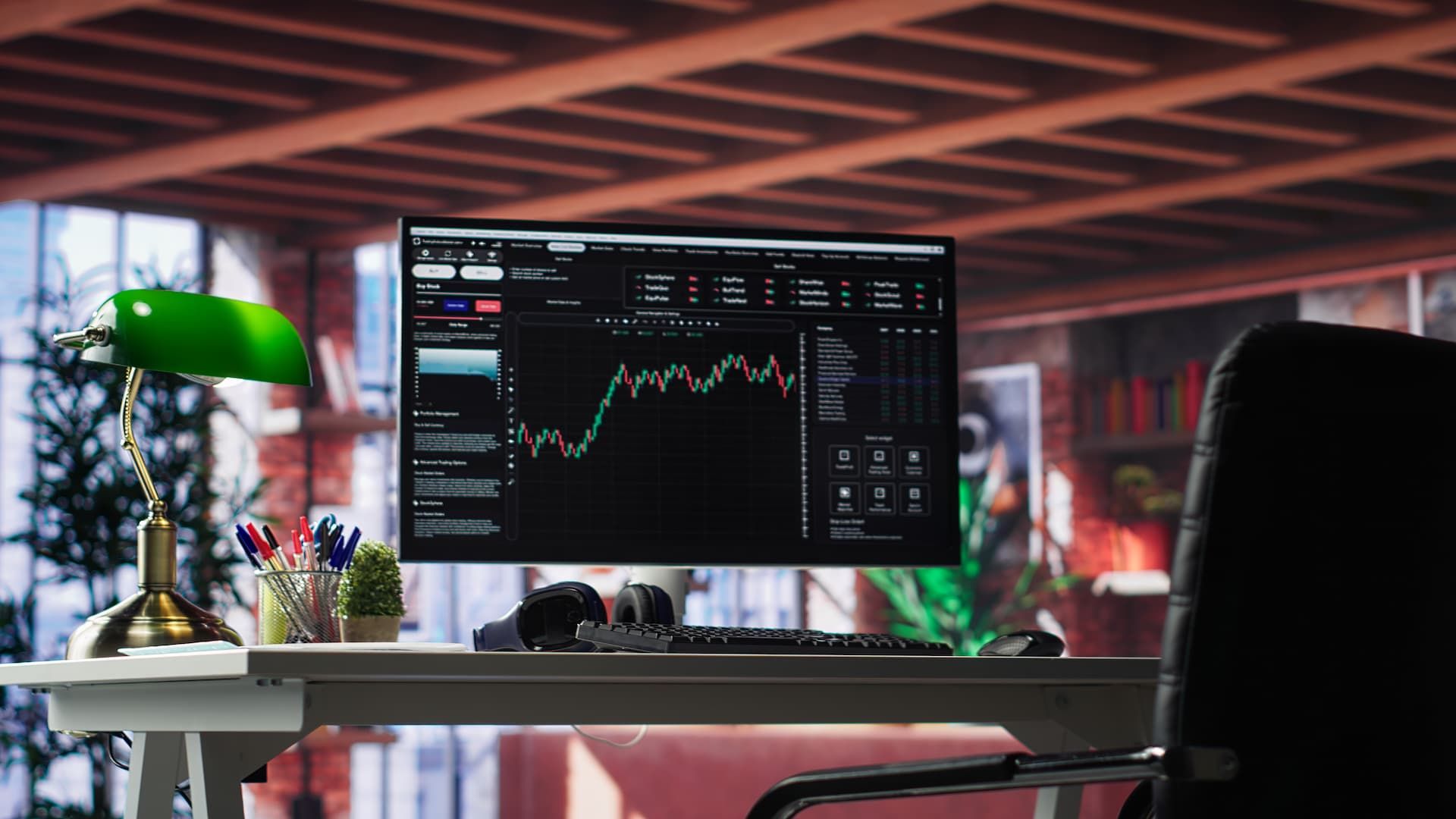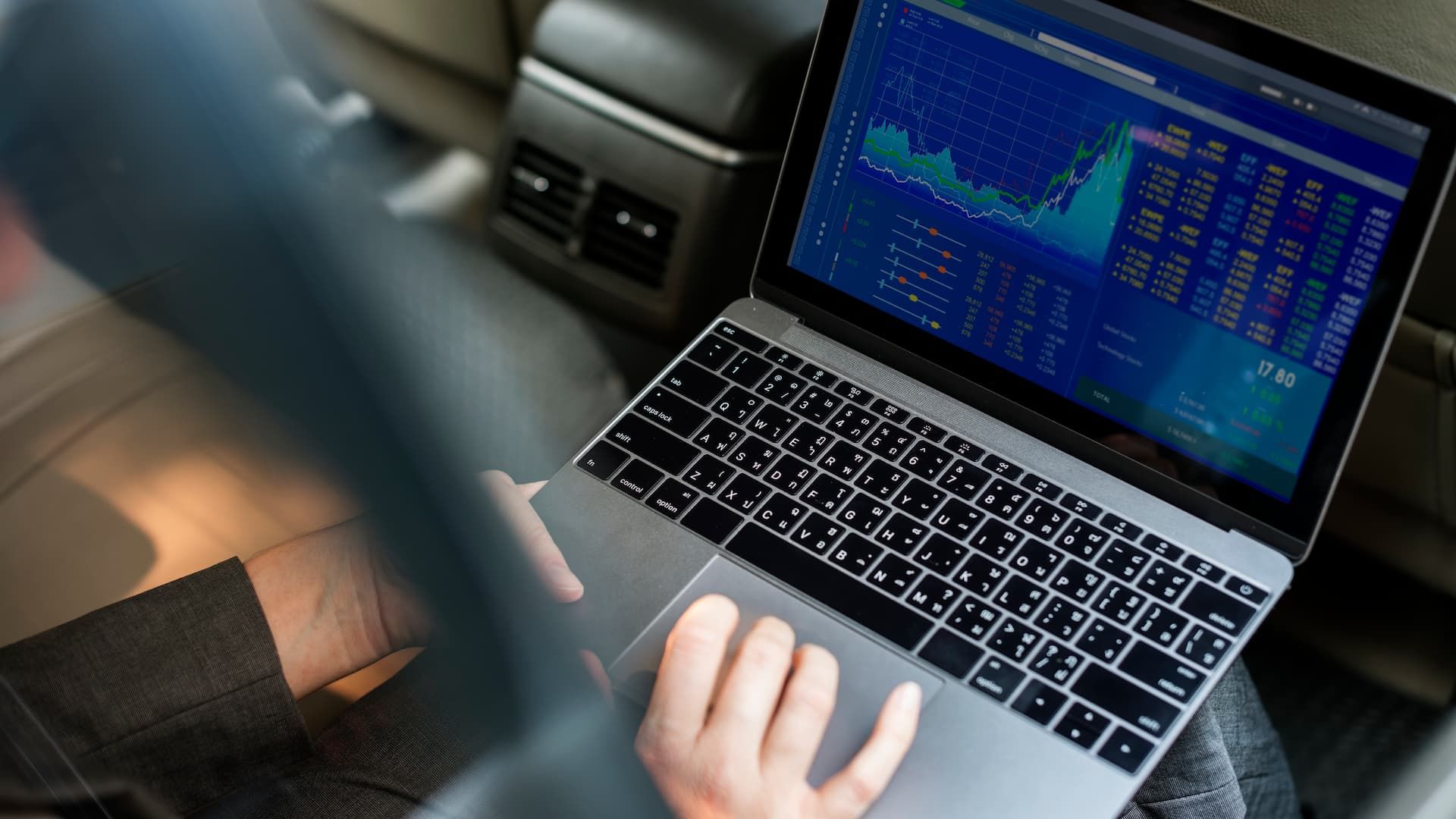Trading isn’t just about spotting opportunities; it’s also about protecting what you already have. Many beginners focus only on finding the next winning trading strategy and ignore the risk side. That’s why they blow up accounts fast.
A proper risk management strategy is the shield that keeps you in the game. It’s how traders survive the bad days and make it to the good ones. From stop-loss orders to position sizing, diversification, and disciplined exits, these risk management strategies ensure that even when trades go wrong, your capital isn’t wiped out. Without this foundation, even the best strategy won’t save you for long.
Understanding Risk Management
Risk management is the foundation of any long-term trading career. In the fast-moving world of the financial markets, it’s about setting clear limits on how much you’re willing to lose on each trade, each day, or even each week. Instead of guessing or reacting to the market in the moment, you build a plan that keeps losses small and manageable, while protecting yourself from excessive downside risk.
Think of it like seatbelts in a car, you hope you won’t need them, but when something goes wrong, they’re the only thing that keeps you safe.
What is risk management essentials?
Risk management essentials are the core rules you follow to protect your trading balance. They include things like:
-
deciding how much of your account to risk on each trade (often following the one percent rule)
-
setting stop-loss orders before entering any position
-
keeping enough margin free to avoid forced liquidations
These rules aren’t fancy. They’re simple steps that prevent one bad trade from turning into a disaster while keeping your risk exposure under control. At the same time, they ensure that you’re positioned to capture potential profits when opportunities align. That balance between safety and reward is at the heart of sound trading concepts.
Why mastering risk management is critical
No one wins every trade. Losses are part of the game; the difference between pros and beginners is how they handle them. If you risk too much on a single position, one loss can erase weeks or months of profits. Worse, it can trigger emotional reactions, revenge trading, doubling down, or abandoning your plan.
By mastering risk management, you remove that pressure. You know the worst-case scenario before you click “buy” or “sell.” That peace of mind helps you stay calm, follow your strategy, and keep trading even after a losing streak.
Common types of market risk
There are several main risks every trader must face:
-
Market risk: prices can move sharply due to news, economic data, or sudden sentiment shifts.
-
Liquidity risk: in fast markets, you may not find buyers or sellers at your chosen price, causing slippage.
-
Leverage risk: using borrowed funds can magnify profits but also make losses come faster and bigger.
-
Psychological risk: fear and greed can push you into impulsive trades that break your rules.
Many traders fail not because they don’t understand these risks, but because they ignore the tools that control them. For example, a well-placed stop-loss and take-profit order can remove emotion from decision-making and lock in discipline. Other traders fail by chasing moves without a plan, exposing themselves to losses that could have been avoided.
Knowing these risks is the first step. The next is learning how to control them, with position sizing, stop-losses, take profits, and discipline.
Core Principles of Managing Risk
Managing risk isn’t about being scared of the market, it’s about being smart with your capital. Even if you have a strong trading strategy, without risk control your results will always be unstable.
These core principles help you stay in the game long enough to let your edge work.
How to manage risk effectively
Managing risk starts with knowing how much you can afford to lose on a single trade without damaging your account. Most traders stick to the 1–2% rule: never risk more than 1–2% of your trading capital on one position.
You also need to set stop-loss orders before you open a trade. They act as an emergency exit if the market moves against you. Combine this with a risk/reward ratio of at least 1:2, meaning you aim to make twice as much as you’re risking.
And always review your trades. Tracking your results helps you spot patterns, fix mistakes, and improve your decision-making over time.
Control risk with proper planning
Planning is how you stay in control when the market gets chaotic. Start with a clear trading plan that defines your entry signals, exit points, and maximum daily loss limit. Once that limit is hit, stop trading for the day, don’t chase losses.
Also, protect your trading capital by keeping a buffer. Never commit all your funds to active trades. Keep some cash aside so you can survive losing streaks and still trade tomorrow.
Planning turns risk from something random into something you can measure and manage.
Avoid putting all your eggs in one basket
Diversification is another way to manage risk. Don’t put all your money into a single market or instrument. Spread your trades across different assets, timeframes, or strategies.
This way, if one position goes wrong, others can offset the loss. It also reduces emotional pressure, you’re not betting everything on a single outcome.
Diversification won’t remove risk completely, but it keeps significant losses from hitting your entire account at once.
Tools and Techniques for Risk Management
Practical tools help turn risk from something unpredictable into something measurable. These methods let traders plan their moves instead of reacting under pressure.
Identifying entry points
Clear entry points reduce emotional decisions. Use support and resistance levels and wait for confirmation signals like breakouts or pullbacks. This keeps you from chasing random price moves and helps align trades with your strategy.
Using average true range to measure volatility
The Average True Range (ATR) shows how much an asset typically moves. Higher ATR = more volatility. Use it to adjust your stop-loss and position size, wide stops for volatile markets, tighter stops for calmer ones.
Expected return and risk assessment
Before entering a trade, estimate the expected return by comparing your potential reward to the risk you’re taking. Aim for at least a 1:2 risk/reward ratio, risking $100 to potentially earn $200. This keeps losses small and wins meaningful.
Stop-loss orders and position sizing
A stop-loss order protects your trading capital if the market moves against you. Combine it with proper position sizing: never risk more than 1–2% of your account on one trade. This approach prevents significant losses even during losing streaks.
Risk Management for Different Traders
Risk management isn’t one-size-fits-all. The right approach depends on how often you trade, how long you hold positions, and how sensitive your strategy is to market moves. Different traders face different risks, and need different protections.
Risk strategies for day traders
Day traders work in fast-moving markets where prices can swing in minutes. The key is tight stop-loss orders and small position sizes, usually risking 1% or less per trade. They also set daily loss limits: if that limit is hit, they stop trading to prevent emotional decisions. Staying flat when the market gets wild is often safer than forcing trades.
Risk considerations for long term investors
Long-term investors face market risk from big economic shifts rather than intraday noise. They manage risk by diversifying across sectors or assets, using position sizing to avoid overexposure, and keeping liquidity reserves for market dips. Their focus is on protecting capital during drawdowns while letting winners grow over time.
Adjusting risk based on market conditions
Risk levels should match market conditions. In high volatility, cut your position sizes and use wider stop-losses. In calmer markets, risk can be slightly increased. This flexibility helps avoid significant losses during sharp swings while still capturing steady gains when markets are stable.
Risk management during news events
Major news can cause sudden price spikes and slippage. Many traders avoid opening new positions just before big announcements. If you trade the news, use smaller position sizes, stop-loss orders, and wider risk/reward ratios to handle the volatility. Planning ahead prevents emotional trades when the market goes chaotic.
Building a Risk Management Framework
A risk management framework is your trading safety net. It’s a set of rules and routines that keep your trading capital protected, no matter what the market does. With a solid framework, you don’t rely on luck; you rely on structure.
Guide to risk management for consistent results
Consistency starts with clear rules. Define how much you will risk per trade (1–2% of your account is standard), and stick to it. Track every trade in a journal to review performance and spot mistakes.
Over time, this discipline smooths out results and protects you from significant losses during bad streaks.
Setting clear risk parameters
Set hard limits for risk before entering any position. This means defining:
-
maximum daily and weekly loss limits
-
stop-loss levels for each trade
-
position sizing based on your account size
These parameters prevent emotional reactions and help you stay within your risk tolerance even during volatile markets.
Combining technical and fundamental analysis for risk control
Use both technical analysis and fundamental analysis to lower market risk.
Technical signals (like support and resistance levels) show where price may reverse, while fundamentals (like economic data or earnings) warn of big upcoming moves.
Combining them helps you avoid low-probability setups and better time your entries.
Using risk/reward ratios to optimize trades
A good framework uses a defined risk/reward ratio for every trade, usually at least 1:2.
This means risking $100 to potentially make $200. Even if only half your trades win, you stay profitable.
It’s a simple way to make sure your winners outweigh your losers over time.
Advanced Risk Control Strategies
When your goal is long-term stability, basic rules aren’t enough. You need advanced risk management strategies that protect your portfolio from sudden shocks and changing market cycles. These tools keep proper risk management in place even during extreme conditions.
Hedging techniques for market risk
Hedging reduces exposure when markets move against your position. Traders often use:
-
opposite positions in correlated assets (e.g. long EUR/USD, short GBP/USD)
-
options or futures to offset potential losses
This cushions your portfolio from sharp price swings and lowers market risk without closing your main position.
Diversification and portfolio protection
Diversification spreads risk across different instruments, sectors, or asset classes. When one market drops, others can balance it out.
It’s a core part of proper risk management, helping protect your trading capital from large drawdowns and smoothing out performance over time.
Scenario analysis and stress testing
Scenario analysis tests how your portfolio would react to extreme events, like interest rate hikes or market crashes. Stress testing shows the worst-case losses you could face. Running these tests regularly helps you adjust position sizing and prepare for unexpected shocks before they happen.
Risk monitoring and review
Advanced strategies only work if you track them. Keep a risk journal to monitor your risk/reward ratios, drawdowns, and exposure. Review your performance weekly or monthly to spot weak points and refine your risk management strategies. Continuous review keeps your system strong as market conditions change.
Applying Risk Management in Practice
Knowing theory isn’t enough, you need to apply risk management in trading every day. Seeing how it works in real situations makes it easier to stay disciplined and protect your capital.
Real-life examples for day traders
A day trader spots a breakout but limits risk to 1% of their account. They place a stop-loss just below support and size the position accordingly. When the trade fails, they take a small hit and move on. This shows how managing losing positions early prevents big damage and keeps emotions out of decision-making.
Risk lessons for long term investors
A long-term investor builds a portfolio across tech, energy, and healthcare to reduce risk factors from one sector crashing. They also keep cash aside to buy during market dips. This approach smooths returns and shows how consistent risk management in trading protects capital during bear markets.
Avoiding emotional trading mistakes
Emotions are often a bigger threat than the market. Fear can make you close winners too early, and greed can make you hold losing positions too long. Using predefined risk limits and stop-losses helps you act on logic, not emotion. A clear plan removes the pressure to “hope” trades work out.
